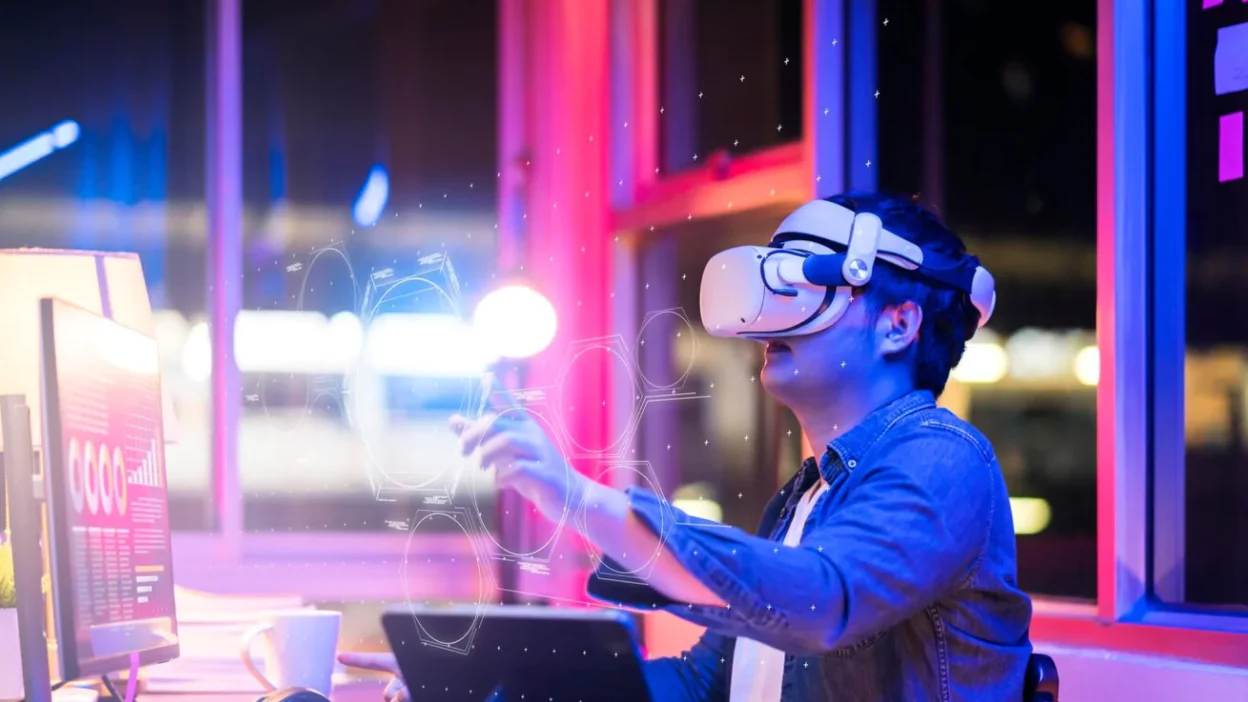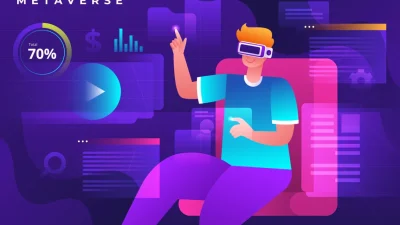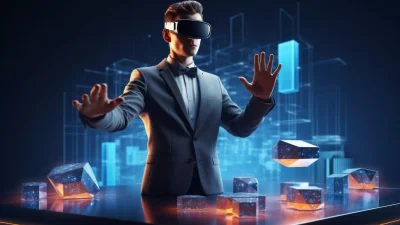Virtual reality (VR) has moved beyond being a novelty in gaming into an innovative tool for marketers and businesses. With its ability to create immersive, memorable experiences, VR marketing is quickly gaining traction as a powerful way to engage audiences. Did you know that the VR market size is expected to reach $87 billion by 2030, with marketers from companies like Adidas, IKEA, and Coca-Cola already leveraging it to leave lasting impressions?
This guide will walk you through the ins and outs of VR marketing, from understanding the technology to implementing successful VR campaigns and overcoming potential challenges. Whether you’re a marketer curious to stay ahead of trends, a business owner looking for the next growth channel, or a tech enthusiast, this blog will help you understand how to effectively make use of VR for marketing.
What Is Virtual Reality?
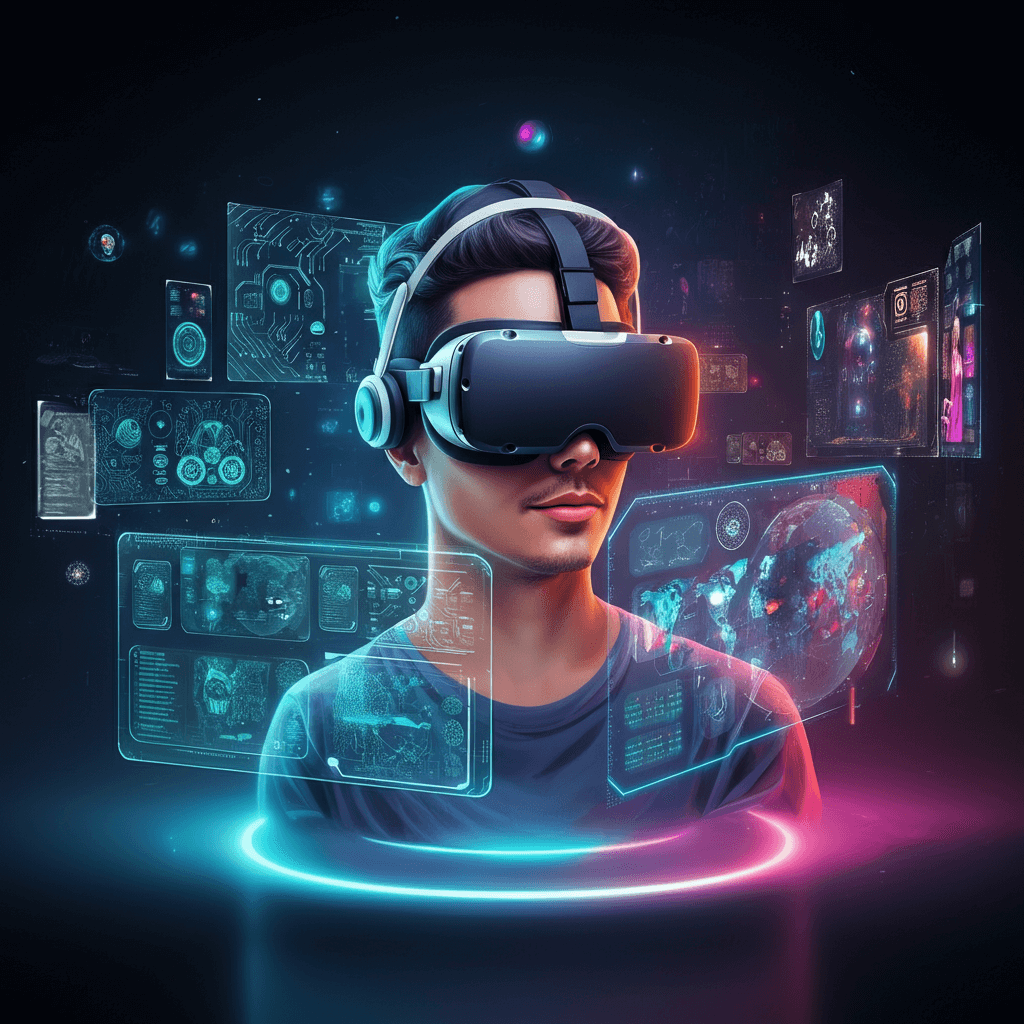
Before we get into the marketing applications, it’s important to understand what VR entails. Virtual reality is a computer-generated simulation that immerses users in a 3D environment. Unlike augmented reality (AR), which overlays digital objects onto the real world (like Pokémon GO), VR creates a wholly digital world that the user interacts with via devices such as headsets and controllers. Mixed reality (MR), meanwhile, blends both VR and AR elements.
Popular hardware like the Oculus Quest, HTC Vive, and PlayStation VR powers these entirely immersive experiences, while platforms like SteamVR and Meta’s Horizon Worlds provide software to build and explore a variety of VR environments.
Why VR Marketing Matters
Virtual reality offers marketers a toolkit that goes beyond traditional and digital formats. But what makes VR uniquely powerful for marketing?
1. Enhanced Engagement
VR actively involves users by placing them at the center of the experience. Compared to passive mediums like video ads, VR’s interactive nature holds attention longer and ensures deeper engagement.
2. Immersive Storytelling
Brands can use VR to transport users into a vivid narrative. For example, TOMS Shoes created a VR campaign that showed customers how their purchases directly benefited communities in need. This emotional connection strengthened brand loyalty and increased social impact awareness.
3. Data Collection & Personalization
VR tools collect data based on user interaction within the environment, providing richer insights into customer preferences. This information can be used to personalize future campaigns or experiences, strengthening connections with target audiences.
Types of VR Marketing Experiences
Here are some of the most effective VR marketing applications being used today:
Immersive Brand Experiences
Brands create virtual worlds where users can explore their products and brand identity. For example, Coca-Cola used VR headsets at live events to take users on a magical sleigh ride for their holiday campaign.
Virtual Product Demos
With VR, potential customers can test products without direct access. IKEA Place lets users visualize furniture in their homes virtually, eliminating guesswork and driving purchase confidence.
VR Gaming and Gamification
Gaming offers a natural fit for VR thanks to its interactivity. Brands partner with VR game developers to include promotional tie-ins or create gamified content promoting their products.
Virtual Tours
Industries like real estate, travel, and hospitality benefit immensely from VR tours. Think of the virtual hotel walkthroughs you see in booking platforms, or real estate companies hosting interactive VR home-viewing experiences.
Getting Started With VR Marketing
If VR sounds like the right opportunity for your business, here’s how to lay the groundwork:
1. Define Clear Goals
Set specific objectives for your VR campaign. Are you aiming to drive purchases, improve branding, or enhance customer education?
2. Understand Your Audience
VR might not be suitable for every audience. Research your customer demographics to understand how many have access to VR equipment or are open to adopting it.
3. Choose the Right Platform
Select a VR platform that aligns with your goals. For instance, enterprise clients might prefer Oculus for Business, while developers could use Unity or Unreal Engine to create tailored experiences.
4. Budget Accordingly
VR development can range from affordable 360-degree videos to expensive rendered worlds. Make sure your budget matches your expected ROI.
Best Practices for Successful VR Campaigns
To ensure your campaign hits the mark, follow these key best practices:
- Focus on Content Quality
Your VR content should be high-quality, visually stunning, and relevant to your audience. Poor execution can hurt your reputation more than help.
- Ensure Accessibility
Not everyone owns a VR headset. Create low-barrier alternatives like 360-degree videos that are compatible with smartphones and web browsers to broaden reach.
- Promote Widely
Use multiple marketing channels to spread the word about your VR campaign. From social media teasers to targeted email outreach, awareness will drive engagement.
Measuring the Success of VR Campaigns
Determine the impact of your VR marketing by tracking the following KPIs:
- Engagement Metrics
Data like time spent interacting with your VR content and the number of repeat users helps gauge how effectively your campaign resonates.
- Conversion Rates
Track how your VR experiences translate into tangible results, like purchases or signups.
- User Feedback
Gather feedback through surveys or reviews to identify areas for improvement.
Challenges and Considerations
Like any technology, VR comes with its challenges:
- Cost and Complexity
Creating high-quality VR experiences often requires significant investment.
- Limited User Base
Not all users own VR devices, which can decrease the reach of your campaign.
- Privacy Concerns
The data collection inherent in VR campaigns can raise privacy concerns if not handled transparently.
- Motion Sickness
Some users experience discomfort or motion sickness in VR environments. Simplified designs and optimized frame rates minimize these risks.
What’s Next? The Future of VR Marketing
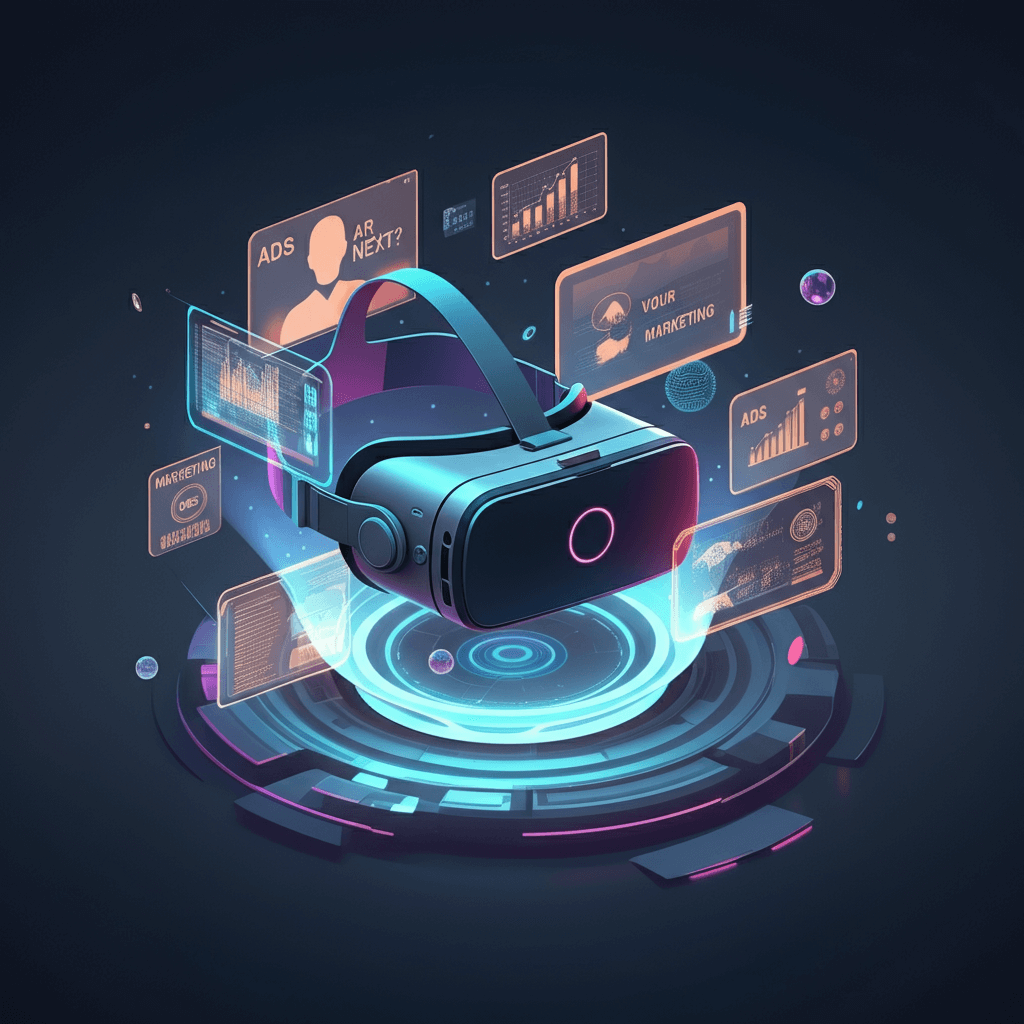
Here’s what the future holds for VR marketing:
- Advances in Hardware
Expect lighter, more affordable headsets with greater performance.
- Integration With Emerging Tech
AI and 5G will enable better personalization and faster, uninterrupted experiences.
- Social VR & Events
Virtual events like trade shows and branded concerts are becoming key components of brand strategy.
- Ultra-Personalized Experiences
Machine learning will enable brands to build hyper-personalized VR worlds tailored to each user’s preferences.
Take the Next Step in Marketing Innovation
When used effectively, virtual reality marketing is not just a technology gimmick; it’s a gateway to stronger connections, deeper engagement, and richer storytelling. For businesses willing to adopt it early, VR offers a genuine competitive advantage.


